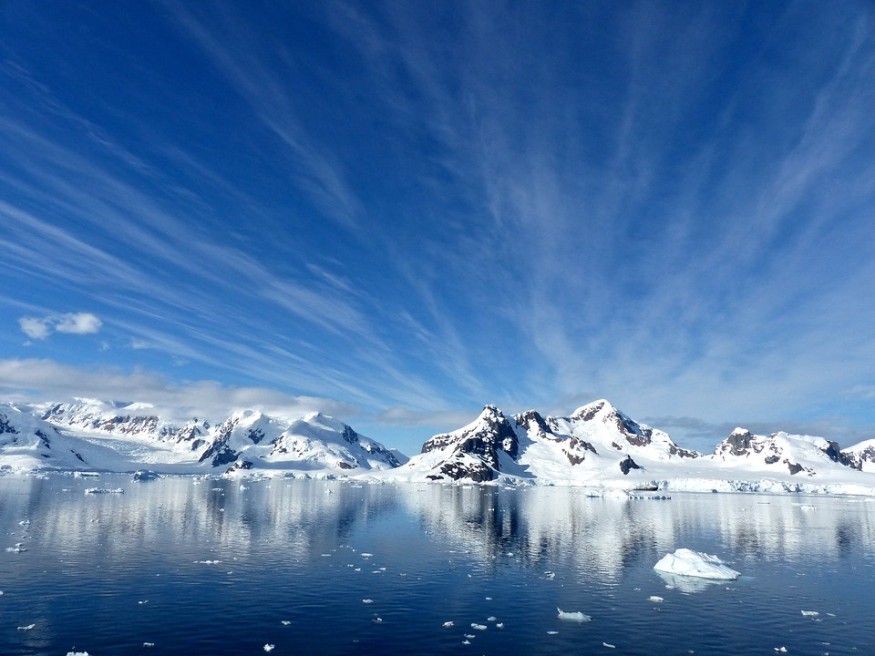
Scientists from the UK and Germany found evidences of rainforest soil from the Cretaceous period just within 900 kilometers of the South Pole. It shows that the world 90 million years ago was a lot warmer than previously thought especially after they analyzed the preserved roots, pollen, and spores.
A team of geoscientists from Alfred Wegener Institute Helmholtz Centre for Polar and Marine Research in Germany led the research and study together with some researchers from the Imperial College London. They published their results in the journal Nature on April 1.
The preservation of this rainforest is truly exceptional. But what's more amazing is what the world reveals. Even during months of darkness, swampy temperate rainforests were able to grow near the South Pole, which suggests an even warmer climate in the region than we previously expected, said by co-author Professor Tina van de Filerdt, from the Department of Earth and Science & Engineering at Imperial.
The Evidence of a Warmer South Pole
Researchers took a slice of the seafloor using a drill rig into the seabed near the Pine Island and Thwaites glaciers in West Antarctica. Due to its distinctive color, one section of the core that was originally been deposited on land has captured the attention of the researchers.
Samples of soil, pollen, spores, and even root systems from the sediment core were preserved so well that its cell structures can be identified using CT scans.
Their work also suggests that the levels of carbon dioxide (CO2) in the atmosphere were higher than expected during the mid-Cretaceous period which was the heyday of the dinosaurs and also the warmest period 140 million years ago.
However, there is been no evidence of the climate conditions of the South Pole. This is the southernmost sample of the Cretaceous period collected that reveals what Antarctica was like between 83 and 93 million years ago.
The presence of the rainforest reveals that it was unlikely for the South Pole to have an ice cap and it also suggests average temperatures were around 12 degrees Celsius. Sediment cores act as a time capsule for average temperature, rainfall, and vegetation recording a lot of information about the climate of an area.
The Climate during the Cretaceous Period
Study author Johann Klages and geologist at Alfred Wegner Institute said that to get a better idea of what the climate was like during the warmest period of the Cretaceous, the first thing to do is to analyze the climatic conditions under which the plants' modern descendants live.
It reveals an unusual portrait of the South Pole wherein West Antarctica's coast is not covered in ice but instead, it was covered with swampy rainforests. The average daytime temperatures measure about 53 degrees Fahrenheit which is considered to be warm for a location near the South Pole, and the daytime temperatures are between 76 degrees to 14 degrees Fahrenheit.
Antarctic summer temperature was possibly around 66 degrees Fahrenheit and an estimated 97 inches per year of rainfall. The researchers further noted that the forests are similar to those in the South Island of New Zealand.
© 2025 ScienceTimes.com All rights reserved. Do not reproduce without permission. The window to the world of Science Times.











